Anton Heyboer - Etching, figure
- Description
- Anton Heyboer (1924-2005)
| Type of artwork | Prints (signed) |
| Period | 1945 to 1999 |
| Technique | Etching |
| Support | Paper |
| Style | Modern |
| Subject | Figures |
| Framed | Framed |
| Dimensions | 35 x 29 cm (h x w) |
| Incl. frame | 65 x 50 cm (h x w) |
| Signed | Hand signed |
Translated with Google Translate. Original text show .
Anton Heyboer (1924-2005)
Anton Heyboer (Sabang, February 9, 1924 – Den Ilp, April 9, 2005) was a Dutch painter and etcher. He lived with four women in a commune in Den Ilp (Landsmeer). The "fifth" wife was his art dealer across the street.
Heyboer was born in Sabang, on the Indonesian island of Pulau Weh (north of Sumatra), the son of a mechanical engineer. Five months later, the family moved to Haarlem, in 1925 to Delft, in 1929 to Voorburg, and from 1933 to 1938, the family lived in Curaçao. A stay in New York followed. Heyboer trained as a mechanical engineer. Before the outbreak of World War II, the family returned to Haarlem. In 1943, Heyboer was arrested by the Germans as part of the Arbeitseinsatz (Labour Deployment) and transferred to a transit camp for foreign forced laborers in Prenzlauer Berg (Berlin). He managed to escape and, traumatized, fled to the Netherlands, where he worked on the farm in Vinkeveen.
After the Second World War, he settled in Borger and held his first exhibition in Drouwen in 1946. That same year, he left for Haarlem and met his future wife, Elsa (Puk) Wijnands. After a trip of several months with Jan Kagie through southern France in 1948, he returned to Haarlem and married Elsa Wijnands, with whom he would have a son two years later[1], but who decided to divorce him as early as 1953. In 1951, Heyboer was admitted for a time to the Santpoort psychiatric hospital in Bloemendaal as a result of the war trauma. In September 1956, Heyboer married Erna Kramer, with whom he would remain for seven years and have one daughter. In 1961, he settled on a farm in Den Ilp. He initially lived there with three, later with five, women. Heyboer drew, painted, and etched. His wives took care of the sales.
| Condition | |||||||
| Condition | Good | ||||||
| In good condition | |||||||
| Shipment | |||||||
| Pick up | The work can be picked up on location. As a buyer you must bring your own packaging materials. The location is: Alkmaar, The Netherlands | ||||||
| Shipment | Parcel post | ||||||
| Price | Up to 5 kg.
| ||||||
| Guarantee | |||||||
| Guarantee | By putting the item up for auction, I agree with the Terms of Guarantee as they are applicable at Kunstveiling regarding the accuracy of the description of the item | ||||||
The seller takes full responsibility for this item. Kunstveiling only provides the platform to facilitate this transaction, which has to be settled directly with the seller. More information .
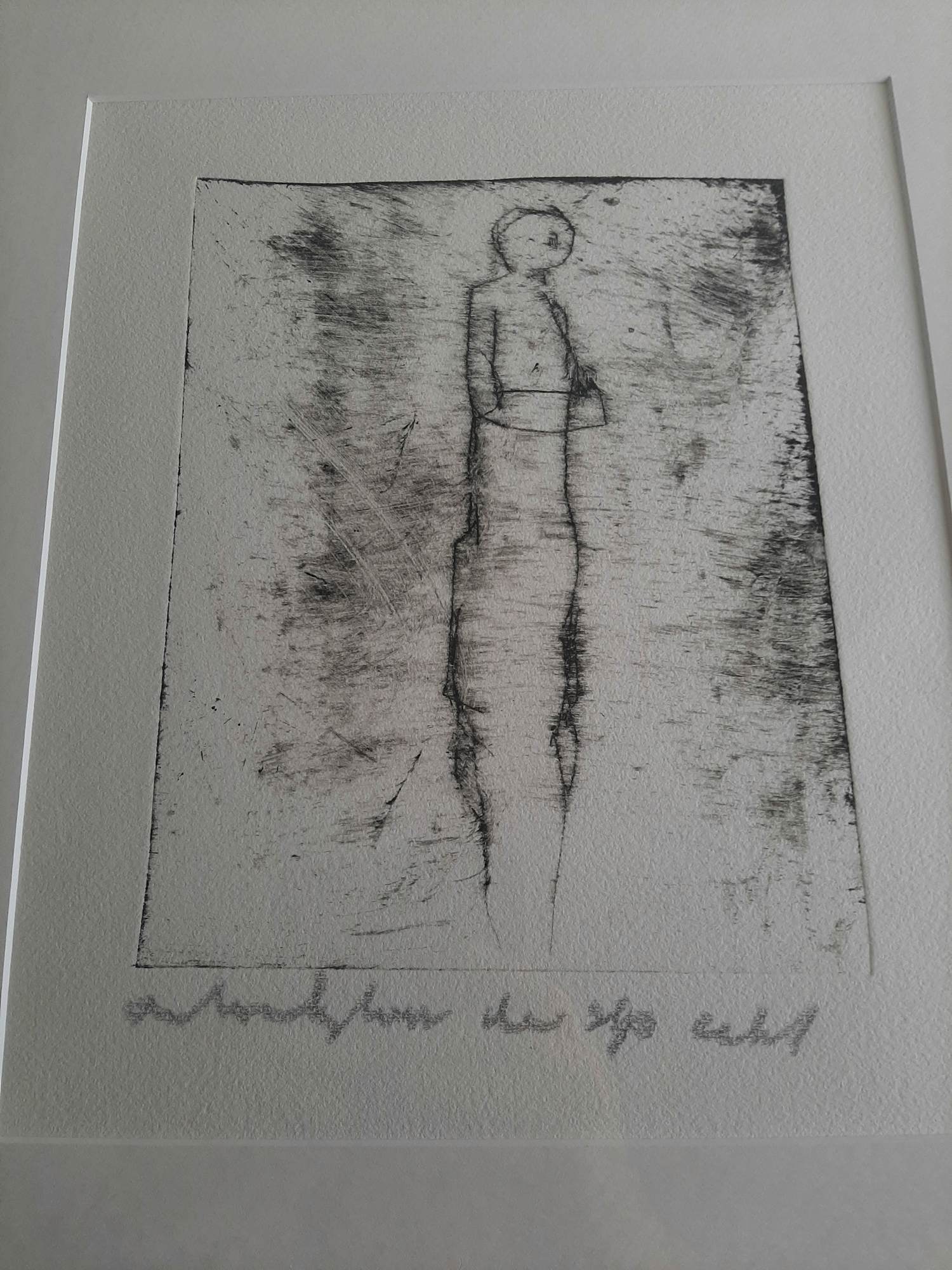
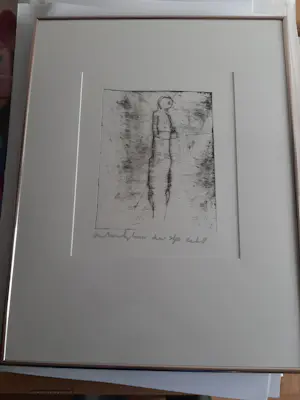
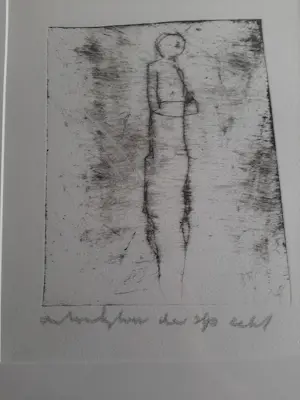

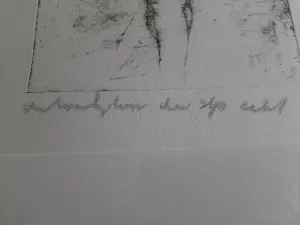
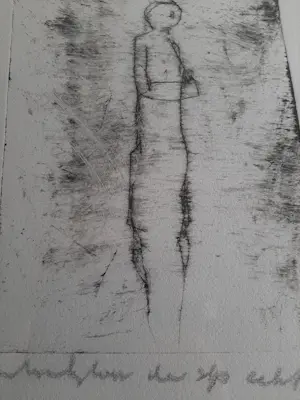

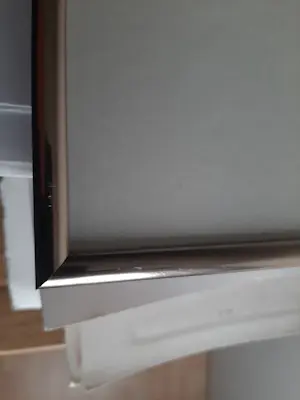
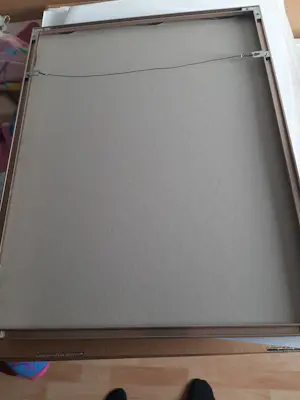
 Dutch
Dutch